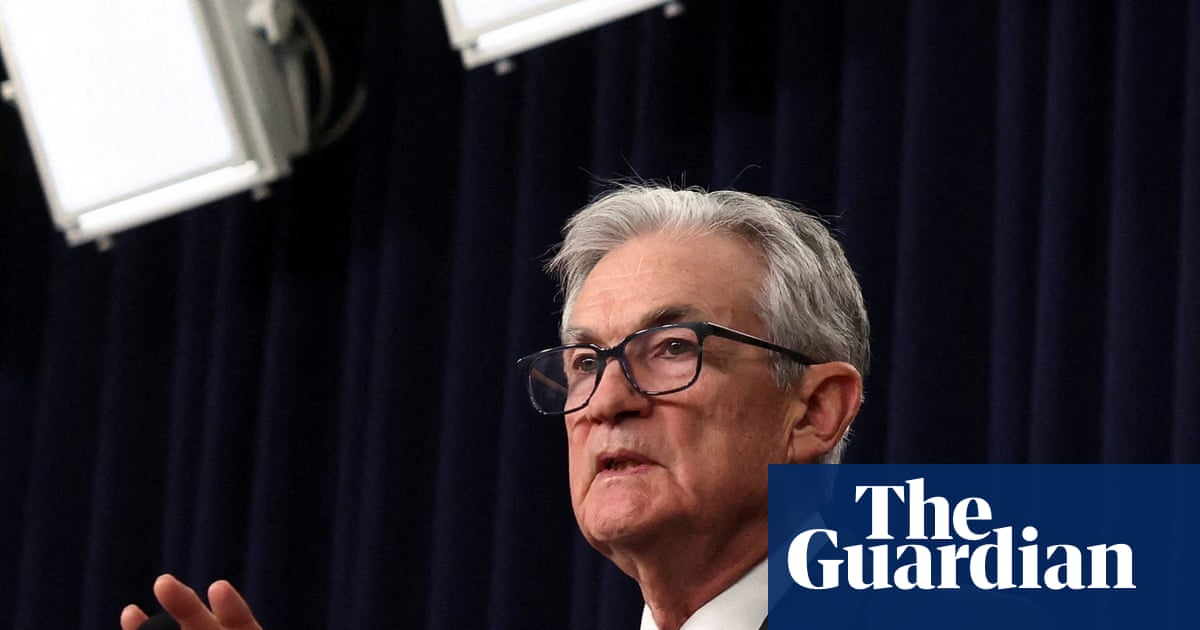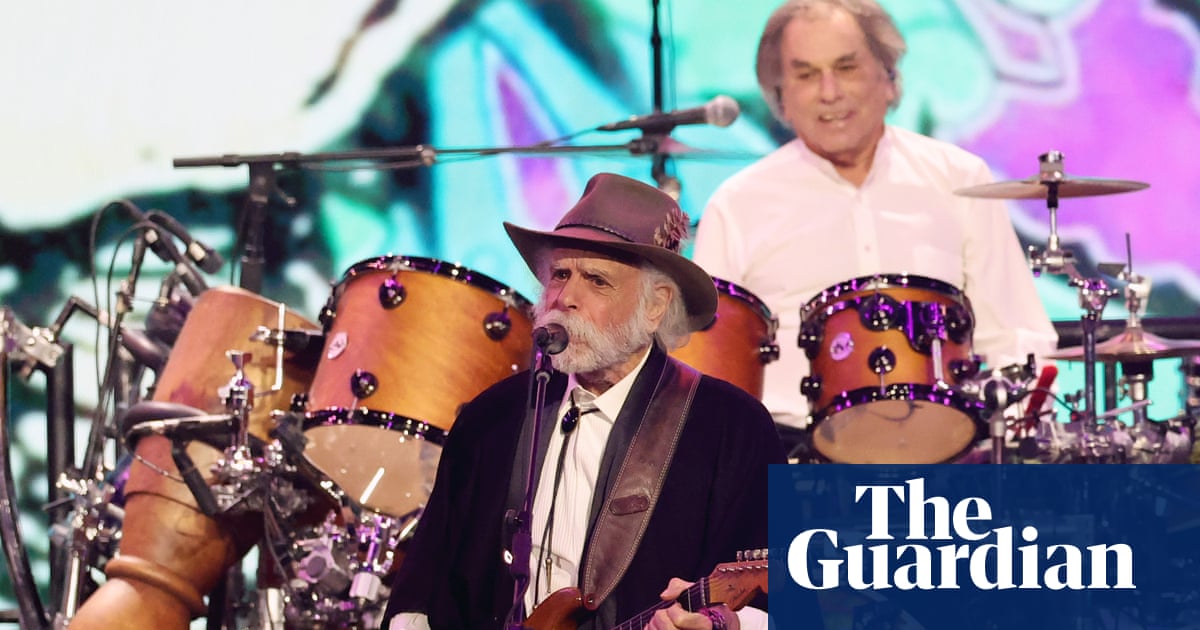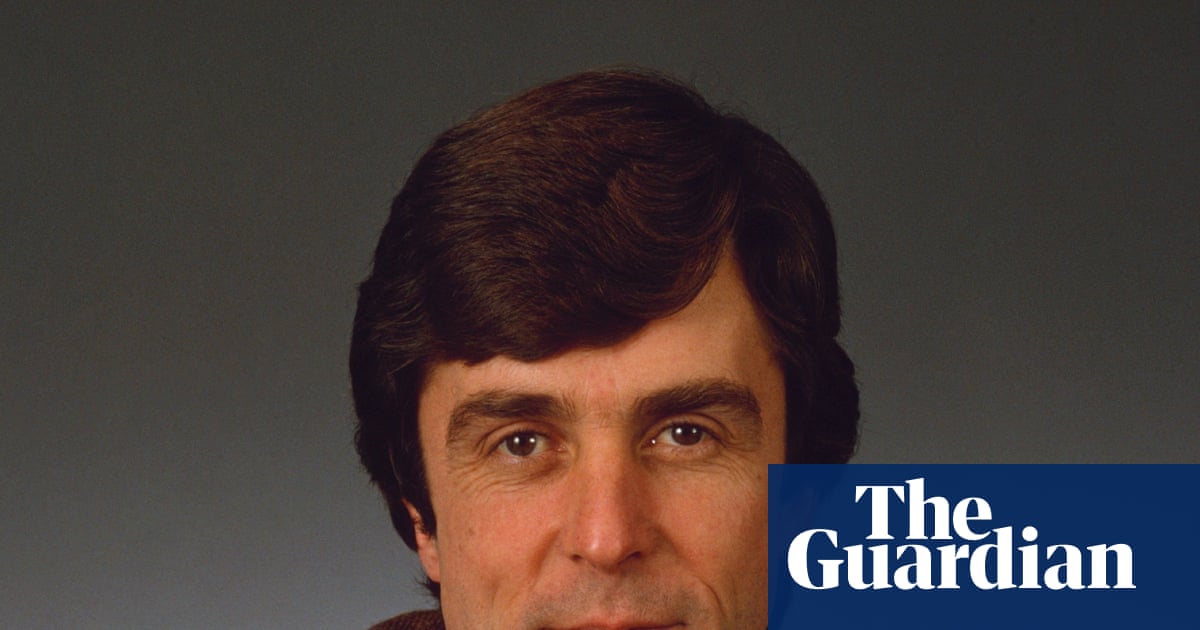It would go a little like this.
A man would arrive at a house after chatting to someone he believed was underage, with a plan to have sex or engage in a sexual act. The house would be rigged with hidden cameras and the child would be an actor of age, playing the role of an excitable pre- or young teen, maybe even suggesting they both drank alcohol as a further illicit act. But before things went the way that the guest expected they would, out came TV’s Chris Hansen, an award-winning broadcast journalist accompanied by a camera crew. Tears would be shed, apologies would be given and most often, the illusion of being “free to go” would be followed by an arrest carried out by gun-toting police officers.
Between the years of 2004 and 2007, Dateline’s To Catch a Predator was a prime-time ratings hit in the US, a cleanly packaged version of something undeniably dirty, a punchy reminder to parents that the ever-expanding online world was not to be trusted. It was “a strange mix of schadenfreude and horror,” says David Osit, an Emmy-winning documentary film-maker, whose latest film Predators looks back on the show and the controversy surrounding it. It’s one of a number of new documentaries revisiting a strange, exploitative era of television, one without the regulations and moral code we’re now more accustomed to mostly expect. Netflix has explored the problems with The Jerry Springer Show and more recently The Biggest Loser and will soon revisit the horrors of America’s Next Top Model, a series that’s since been accused of cruelly imposing impossible and uneasy beauty and body standards on vulnerable young women. The victims in To Catch a Predator are far harder to feel sorry for, paedophiles who were willing to do something indefensibly grotesque and impossible to empathise with, but the method of catching them remains deeply uncomfortable, cops working hand-in-hand with a TV crew, and the questions it asks about us and why we would want to play witness, are incredibly troubling.
In the film, Mark de Rond, an ethnographer, narrates a montage of money shots, when the bad guy is caught, their faces grappling with the reality of a point of no return. “In that moment, time stops,” he says. “What you’re seeing is effectively someone’s life end and they realise it. The goal of the show was to educate people about the evils of the internet, the ‘stranger danger’ folk but it ended up shocking an entire nation.”
Predators, which premiered at Sundance earlier this year, is not an easy film to watch and an even harder film to process after. Osit, whose previous documentary Mayor followed the day-to-day of a Palestinian politician dealing with Israeli oppression, managed to get his hands on a staggering amount of footage that takes us beyond the bombastic NBC edit and deeper into the moments we weren’t supposed to see. He found a lot of it via fan communities online and then through a series of Foia (Freedom of Information Act) requests, he found even more, including post-show interrogations with police. Much of it shows the men tearfully begging for help, eager for therapy or something to change (“To show these men as human beings, the show kind of breaks down,” De Rond says).
“I remembered the show, and hadn’t watched the show in years,” he tells me over Zoom. “Then I’d watch the raw material and feel abject horror.” The feeling troubled him, as it did me when I watched it, being forced into extreme empathy for someone whose behaviour sickens me. “I remember thinking, wow, I’m having a very mysterious mix of feeling disgust for these men, antipathy for these men, and sadness for these men, depending on which order of raw material I watch first,” he says. “What if I could basically not only give that experience to an audience, but make that what the film’s about?”
Alongside the previously unaired footage, Osit speaks to the young actors who played the decoys, many of them now parents themselves. They talk about “how taxing it was emotionally and mentally” to live with what they had been a part of (“There were a few, I wanted to just be like ‘go home,’” one of them says), acting as a key component of a criminal sting operation. He also speaks to Greg Stumbo, a former Kentucky attorney general, who partnered with NBC for three stings. After proudly showing off his official Dateline cap, Osit asks him if he ever wondered about how to fix the broader problem. “That’s not my job to rehabilitate them,” he says before dipping into a very Trump-like contradiction, mentioning these men didn’t have criminal records before the show while also calling them “hardened criminals”.
Osit also shows us clips of how the show was received at the time, the bizarre place it held in pop culture. Jimmy Kimmel called it “the funniest comedy on television”, Oprah Winfrey praised Hansen and his “amazing work” while Jon Stewart told him “you should have your own channel of this show”. Hansen cameoed on both 30 Rock and The Simpsons.
“We all, I think, have these sorts of calcified senses of what we think is right and what we think is wrong,” Osit tells me. “Regardless of whether you’re liberal or conservative, we can decide some people aren’t worth humanity. We’re seeing that with Gaza and the genocide. We’re seeing that throughout human history and throughout modern history.”

But it would be difficult to imagine even the most hardened viewer not finding some humanity in what happened next. In 2006, the show’s sting involved Bill Conradt, a Texas district attorney, someone who chose not to turn up to the rigged house for sex. Instead, the makers made the unusual choice of travelling to where he lived and a police ambush resulted in him shooting himself and dying in front of police. Watching it unfold is devastating, an act of recklessness made worse by the callous response of the officers on camera, one of whom is captured making jokes about it soon after. It led to a shift in the conversation, questions being finally asked about the role of the show and the blurry lines between a police investigation and entertainment, as well as a $105m lawsuit. It went away soon after.
What’s then most shocking is finding out that Predators isn’t over. That was just the first chapter. Because while To Catch a Predator went away, the format just mutated and made the inevitable move to YouTube with copycats creating even less regulated and even more problematic new versions. “I was surprised at the popularity of the new formats where now you have predator hunter videos and each one gets more views than an episode of Saturday Night Live,” Osit says.
Osit follows one in particular, known as Skeet Hansen, modelling himself after his hero as he goes about making his own shoddily assembled, yet grimly popular, rip-off. The videos can be violent and even harder to watch than the ones they’re trying to emulate, a team even less prepared for the challenges they’re faced with. There remains an awkward relationship between the team making it and the police and there was also awkwardness for Osit who suddenly started to question his role in events.
“I felt like I wanted to, if nothing else, just make a film that was about how uncomfortable I am with what I do for a living sometimes,” he says. While filming with Skeet, he wanted to be “anywhere but here” and found it difficult to watch the footage he captured. “I’m watching it through the eyes of the person that we’re filming, who is this man whose identity I don’t know, who now has two camera crews filming him … Does he know that I’m different? No, I’m just another camera. I’m just another source of his embarrassment … Ultimately, I felt like I was looking in the mirror and I didn’t like what I saw and I felt uncomfortable with that.”
After Osit received acclaim for Mayor, he told me he was offered a number of true crime projects. It’s a lucrative subgenre that makes him uneasy and Predators partly grew out of that feeling. In the last act, Osit also gets time with Hansen, who is now making a newer, trashier version of the show, the film somehow getting bleaker with each chapter. Hansen’s final target is an 18-year-old called Hunter, planning to meet a 15-year-old, an age difference that wouldn’t be illegal in certain states. They run with it anyway (“I hope we’re not ruining his life,” one of the producers says, offhand, during lunch) and we get to meet Hunter’s parents in the aftermath, a life ruined just before graduation. “I just don’t know how the worst day of my life could be something that people are getting snacks for,” his mother says.

Hansen is an open and unrepentant interviewee yet Osit found some similarities with him.
“He’s seen the film and we’ve talked about it,” he says. “And I think I have to strain a bit to see that there’s not a huge difference between him and I. We both believe in what we’re doing. We both are basically film-makers. We’re both trying to create material out of people’s experiences and people’s lives, trying to propagate the opinions and beliefs and worldviews that we have. The only difference really is that I just believe that what I’m doing is not harming anybody, but he also believes that too, or that there’s some people that it’s OK to harm to get to your goals.”
Osit knows that, especially at this particular moment, Predators is not going to change or even simply challenge the minds of many.
“There are plenty of people who cannot watch this material with two things in their head,” he said. “There are plenty of people who resort to a binary of this is good or this is bad. And that’s really what the show is trading in as well.” He adds: “In my personal experience, I feel like empathy shouldn’t be offered based on who someone is, it should be offered based on who we are.”
-
Predators is out in US cinemas now and will be released in the UK on 14 November

 3 months ago
104
3 months ago
104

















































